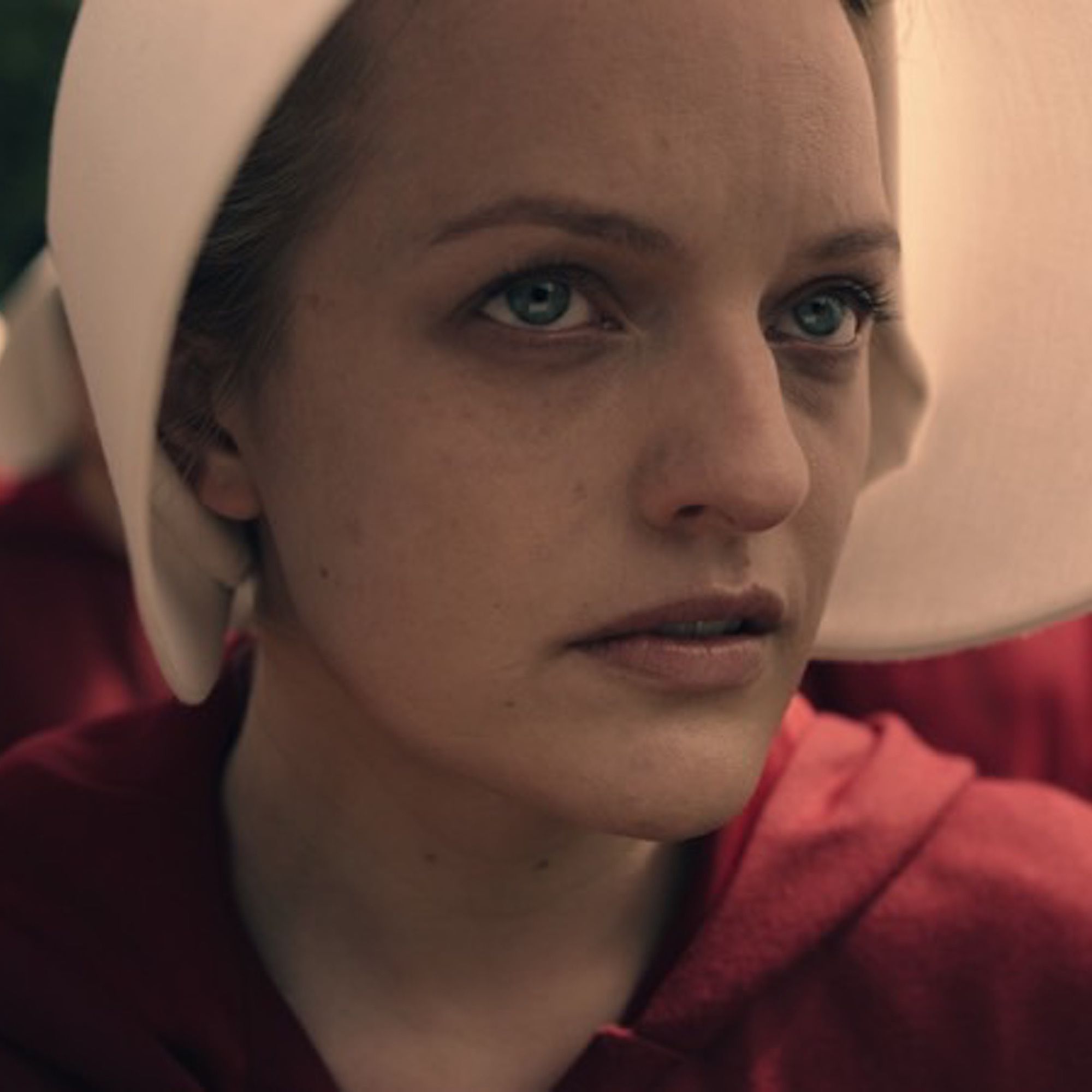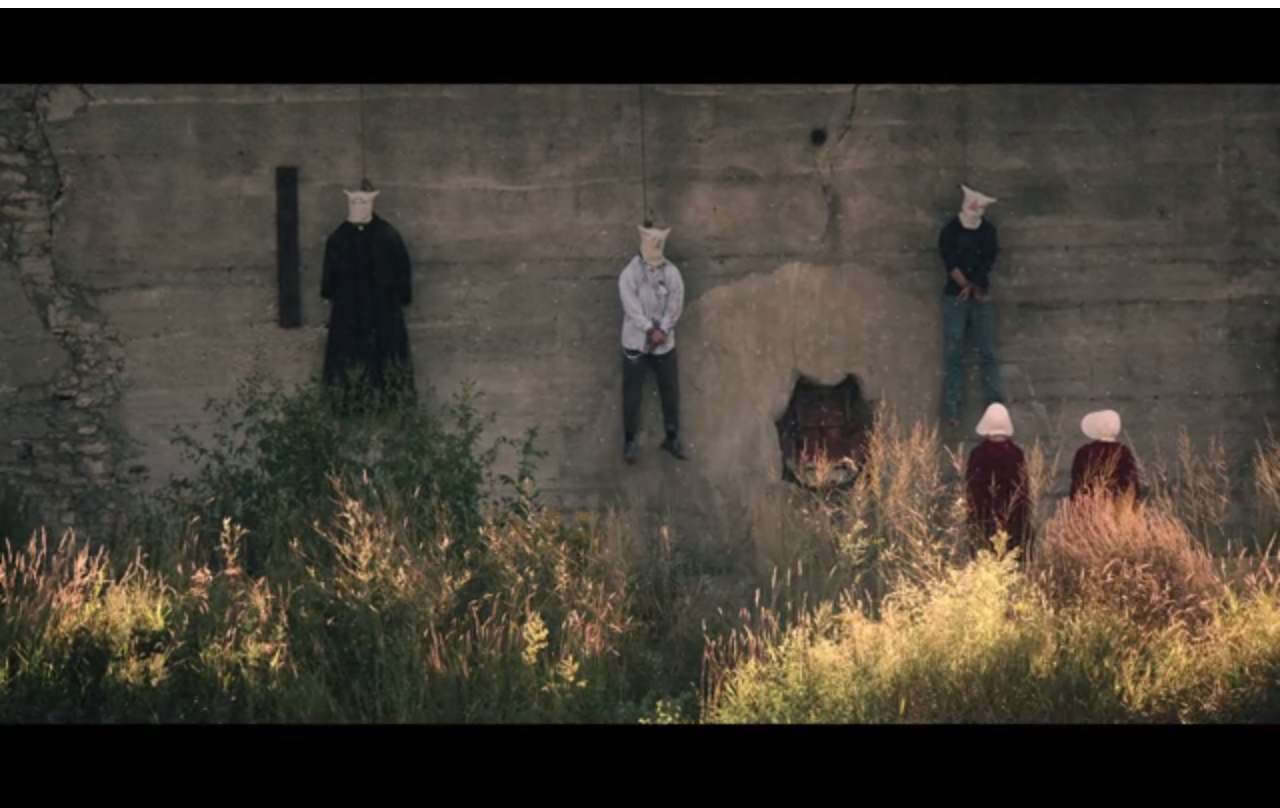The Claustrophobic Dystopia of ‘The Handmaid’s Tale’ Is its Own Unique Horror
Credit to Author: Brenden Gallagher| Date: Mon, 18 Sep 2017 14:20:54 +0000
In troubled times, commentators and pundits can’t help but draw comparisons to George Orwell’s 1984. This trend once again reared its head this year: Since election day, every serious publication has felt obligated to run a think piece comparing Trump’s America to Orwell’s dystopian Britain.
It is useful to remember, however, that not all hellscapes are created equal. Imagined dystopias reflect the visions of their creator and are inspired by particular social ills. Just because a narrative is dystopian doesn’t make it Orwellian, or like any other dystopia for that matter. For example, Children of Men and The Handmaid’s Tale—which won five Emmy Awards Sunday night, including Best Drama—tell strikingly similar stories, but take place in incredibly different dystopian worlds .
Both Alfonso Cuarón’s Children of Men (adapted from P.D. James’ novel) and The Handmaid’s Tale created by Bruce Miller (adapted from Margaret Atwood’s novel), tell the story of a future cursed by infertility. Children of Men is set in a Great Britain under the thumb of an increasingly nationalist, authoritarian regime that squashes various ethnic, religious, and class insurgencies through propaganda and excessive force. Handmaid’s Tale tells the story of an American Northeast that has devolved into a fundamentalist theocracy where women are reduced to servants, surrogates, and sex slaves. Though both works present grim fertility dystopias, each world is tailormade to the particular fears of their protagonist.
In The Handmaid’s Tale, Offred, formerly June (Elizabeth Moss), has been relegated from a white collar office job to servant and surrogate of a Commander (Joseph Fiennes) and his wife (Yvonne Strahovski). The Commander and his wife, conservative pundits and fringe fanatics in the prior world, are now powerful national political players. An infertility crisis allowed for the rise of a rigid fundamentalist Christian regime that subjugated women into subservient cooking, cleaning, and reproducing roles: “I am to make myself clean. Washed and brushed like a prize pig,” Offred says. The world of The Handmaid’s Tale is rigid, limiting, claustrophobic.
This is a dystopia rooted in reality. The American Right has long used patriarchal power to strip women of rights and exert control over their bodies: Hobby Lobby, Title IX reform, the list is endless. With figures like Mike Pence and Ted Cruz in power, the world Atwood was warning of when she wrote the novel in 1985 has, in many ways, come to pass.
We do our would-be overlords a favor when we compare dystopias without highlighting what makes one particular hellscape particularly terrible.
Children of Men, meanwhile, is about a man set adrift as the world collapses around him. Theo (Clive Owen) is thrust into the new world order through what feel like chance encounters on the street. He is abducted by thugs. He finds himself on an eerily empty bus. He has a rendezvous with a strange woman in a rural barn. Then suddenly, he is humanity’s last hope. Life in this dystopia is defined by sheer chaos. One second, you’re sitting in an office, and the next you’re dodging bullets in a refugee camp. Terror in The Handmaid’s Tale is knowing exactly what is coming next. The nightmare of Children of Men is one of unmoored powerlessness and unpredictability.
In Children of Men, the dystopian consequences of class and race are palpable: refugees are kept in cages guarded by white, racist armed guards. Impoverished bandits roam the street. In this vision of an infertile future, women and men maintain the same rough places in society, suffering together. Theo is tasked with shepherding the world’s last pregnant woman, Kee, (Clare-Hope Ashitey) to safety for her newborn child. But, the role of women in this society is glossed over; for a film about a pregnancy, it focuses largely on the suffering of men.
While the fear in The Handmaid’s Tale is about a repressive, controlling regime, the fear in Children of Men is about a world that in utter disarray. Handmaid’s predicts that scarcity will result in authoritarian crackdowns as the powerful subjugate the powerless. Children believes that scarcity will result in chaos barely contained.
This differences in these narratives extend to the way both projects are shot. The terror of Children of Men is about open spaces. Legendary cinematographer Emmanuel Lubezki executes long tracking shot after long tracking shot, showing how danger can come out of nowhere in this uncertain future. In the opening scene of the film, a bomb explodes as our hero exits a coffee shop. The climactic sequence of the film is a seven-minute long shot in which explosions and gunshots burst forth from every direction. The men of this world rush desperately from place to place, but one place is necessarily safer than another.
Handmaid’s Tale pilot director Reed Moreno and series cinematographer Colin Watkinson play up the claustrophobia of Handmaid’s both in wide and tight shots. Close-ups are kept within the confines of a handmaid’s bonnet. In wide shots, the handmaids are dominated: sometimes by guards, sometimes by commanders’ wives, and sometimes, by corpses. This domination is achieved in a number of ways: sometimes they are pushed into the bottom third of the frame, sometimes they are forced to the back of the frame, and sometimes they are placed in darkness. The wide shots of Children of Men are shaky and chaotic. Wide shots in Handmaid’s have a painterly beauty that serves to highlight the grotesque order of this dystopia.


Dystopian terror is in the eye of the beholder. The chaotic world of Children of Men is the ideal dystopia for Theo’s complacent masculinity. Offred lives her perfect nightmare in the rigid repression of Gilead. And this brings us back to our cultural fascination with Orwell. We do our would-be overlords a favor when we compare dystopias without highlighting what makes one particular hellscape particularly terrible. The state-sponsored bombings and caged refugees of Children of Men are just as horrifying as the tortured women and re-educated dissidents of The Handmaid’s Tale. But, we must recognize that these two stories, however similar they are in broad strokes, choose distinct social ills to lead us down the path of destruction. If we nod sagely and mutter “1984” whenever jackbooted thugs knock down a door in fiction, we will miss the critiques at the heart of the work and the problems that led us down the hellbound path.
An Orwellian world would be terrible, but not every terrible world is Orwellian. There are enough unique and terrible horrors in the world to offer everyone their perfect, personal dystopia.
https://motherboard.vice.com/en_us/rss